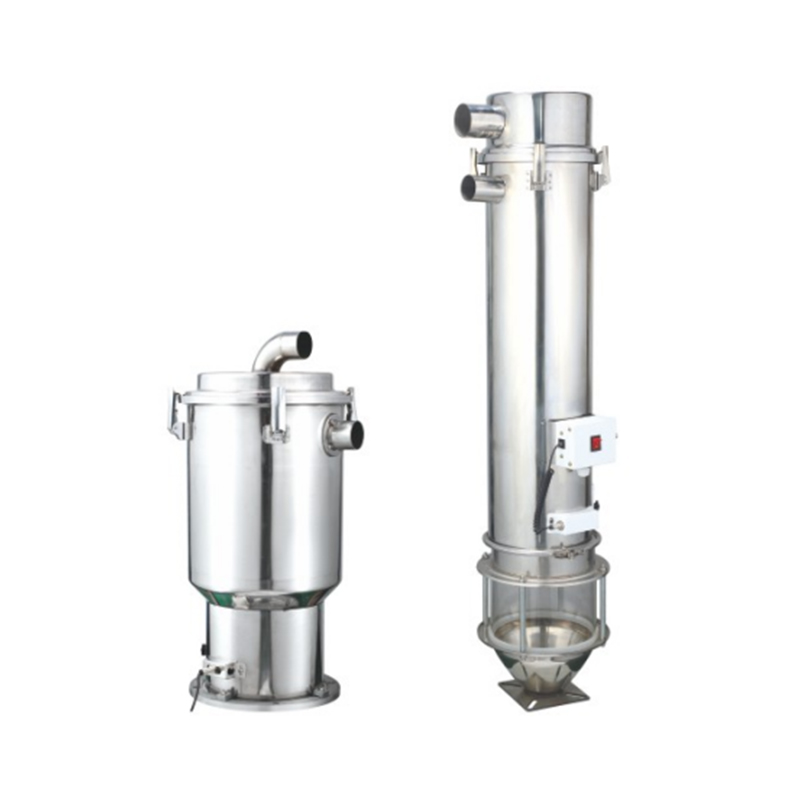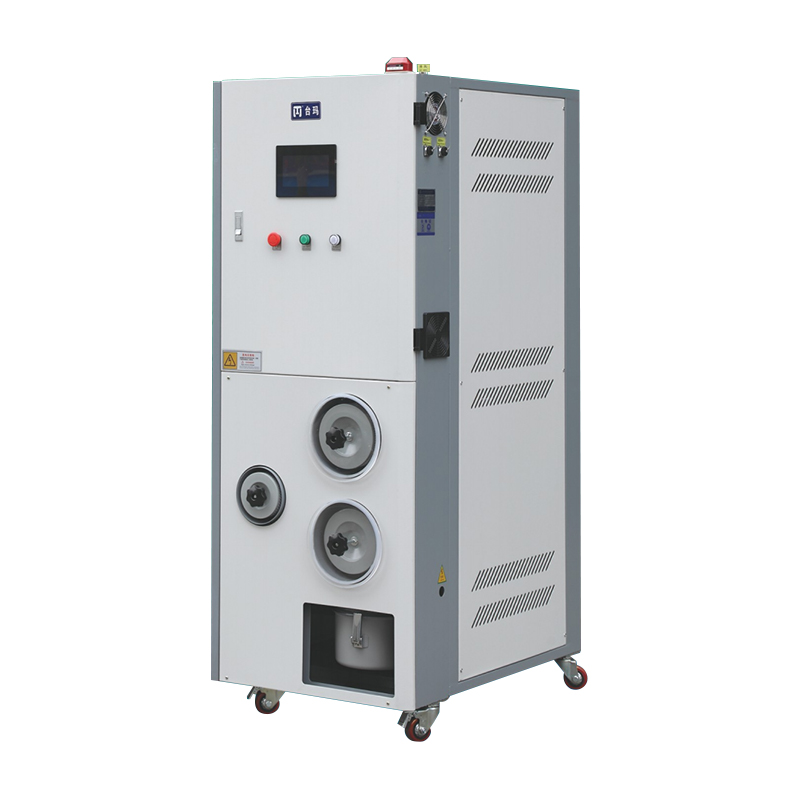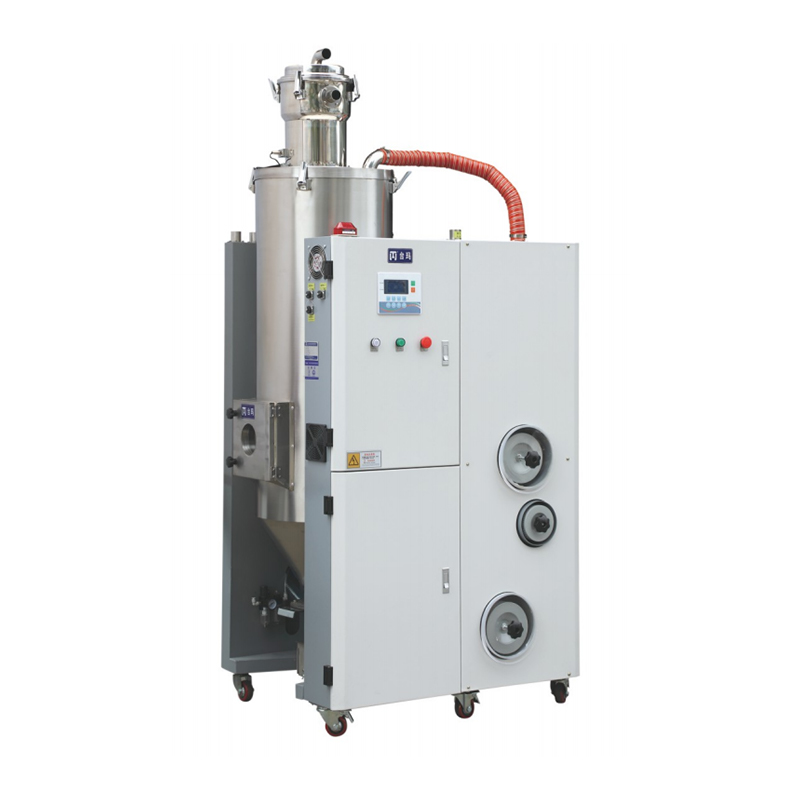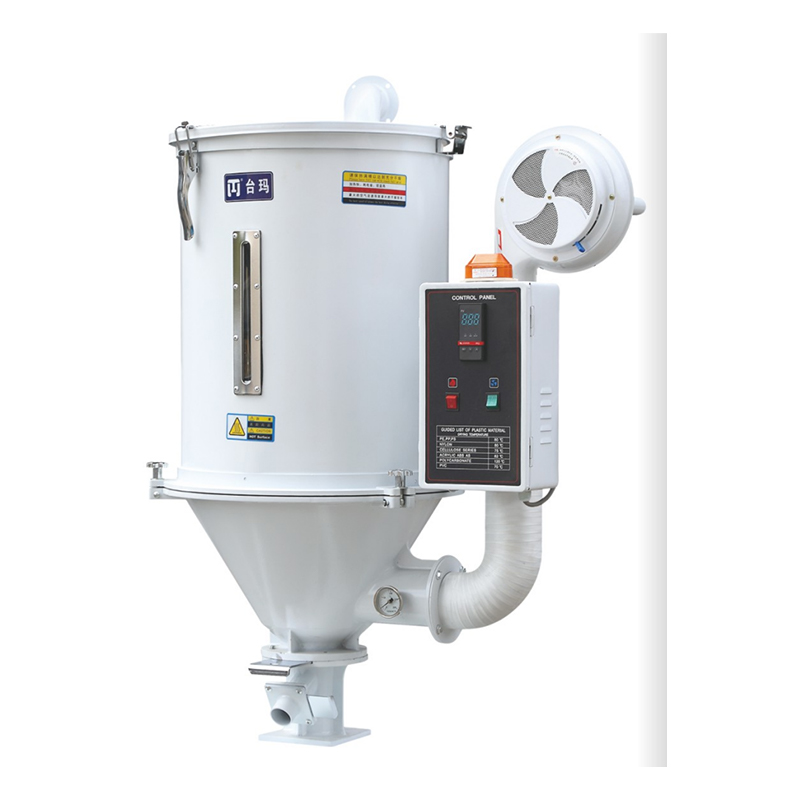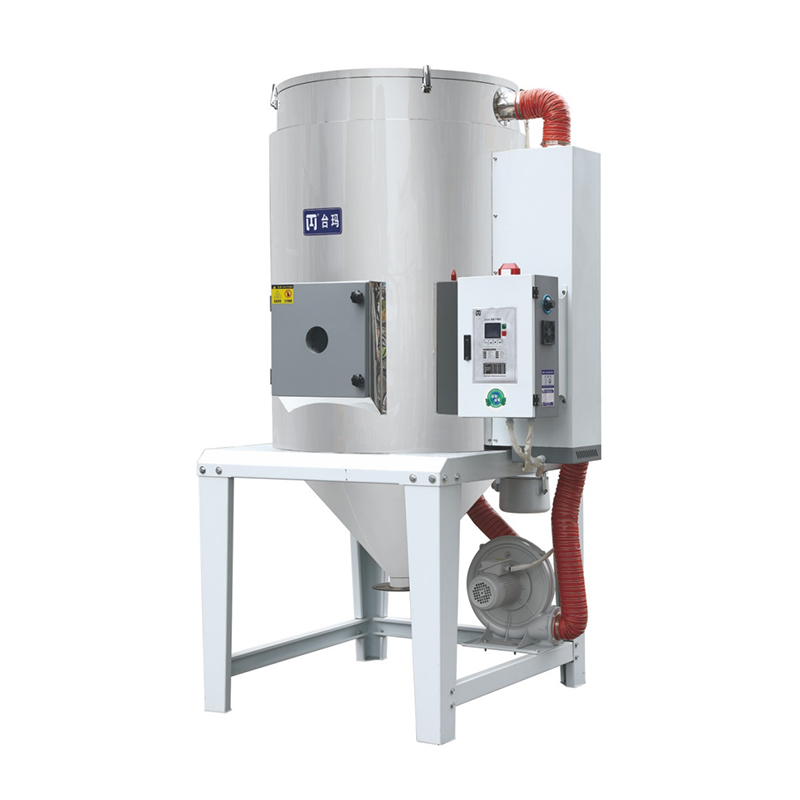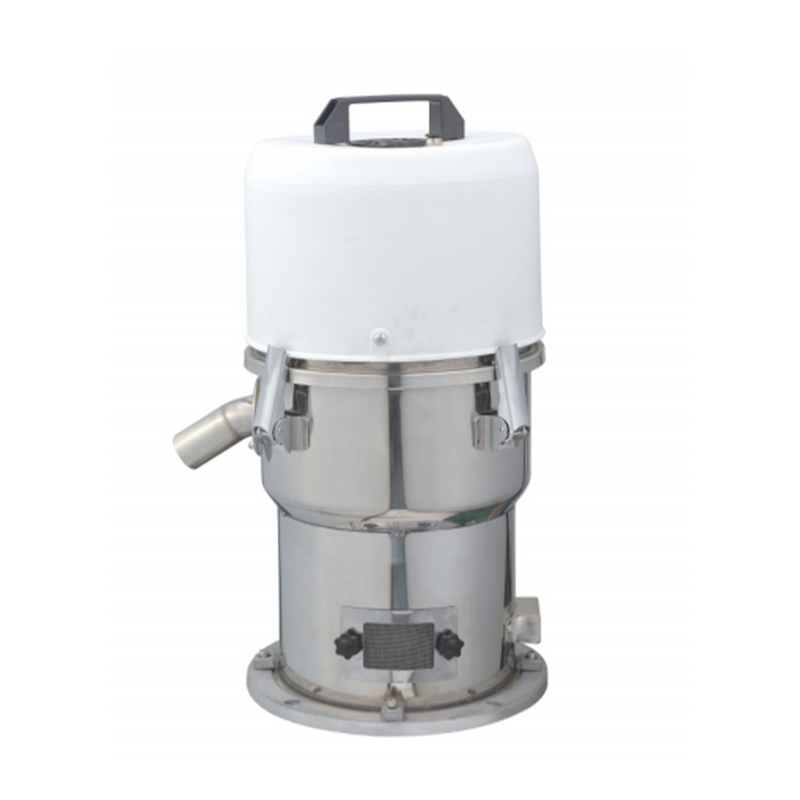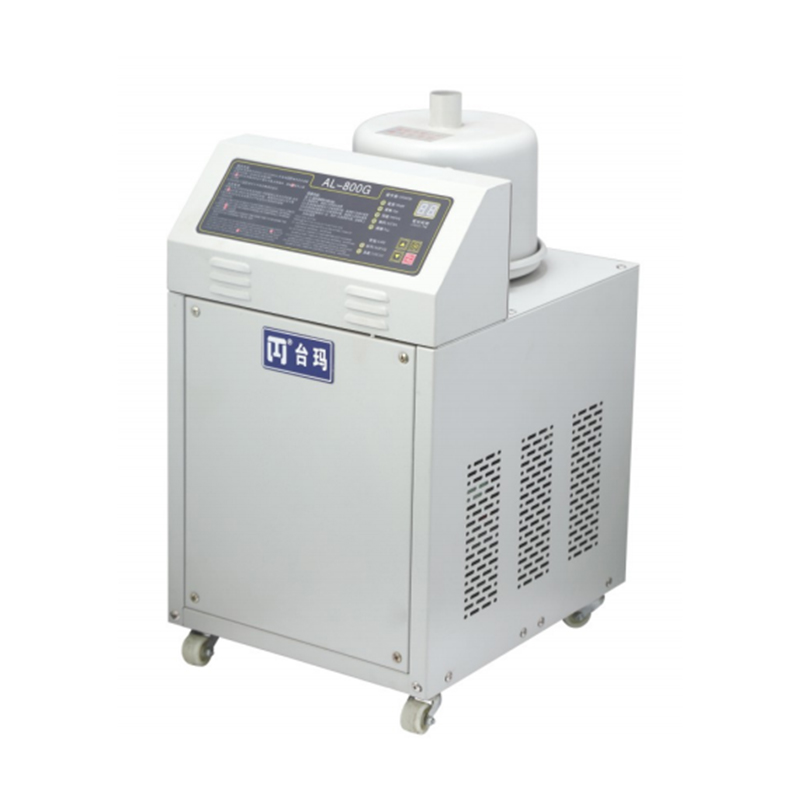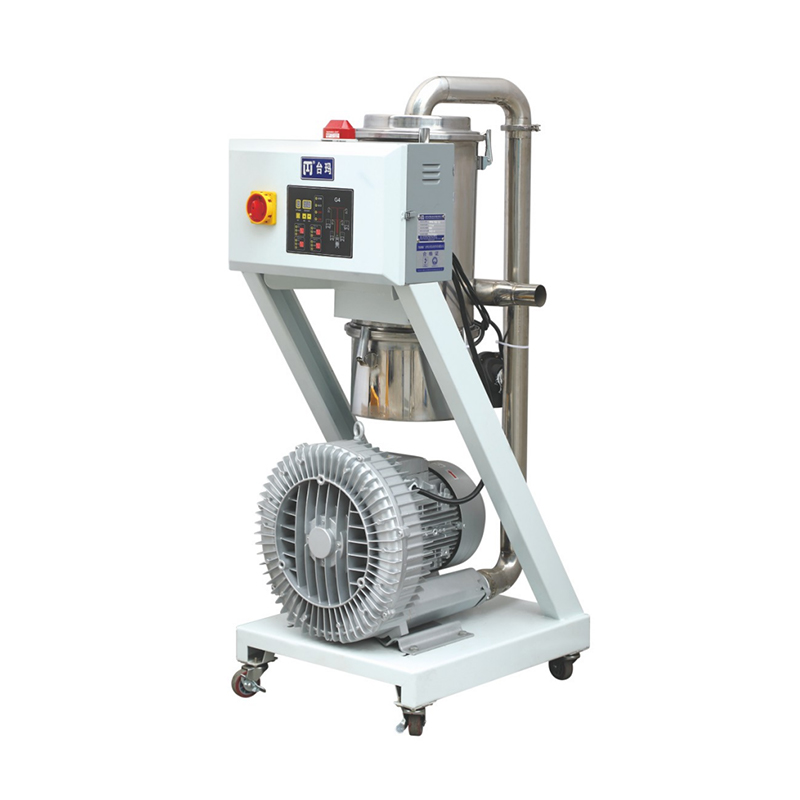Unraveling the Mechanism Behind the Volumetric Ratio Mixer
Sale Color Paint Volumetric Ratio Mixer Machine Company
The Volumetric Ratio Mixer, a pivotal component in various industrial processes, is renowned for its precision in blending components in exact proportions. Its ability to maintain a consistent volumetric ratio is what sets it apart in applications where accuracy is paramount. This article delves into the intricate workings of the Volumetric Ratio Mixer, elucidating the principles that govern its operation and the factors that contribute to its efficiency and reliability.
At the heart of the Volumetric Ratio Mixer lies a system designed to measure and mix fluids based on their volume, rather than their weight or mass. This is achieved through a series of calibrated chambers and channels that ensure a precise volumetric ratio is maintained throughout the mixing process. The mixer typically consists of an inlet for each component, a mixing chamber, and an outlet for the blended product.
The operation of a Volumetric Ratio Mixer begins with the introduction of the components to be mixed. Each component is fed into the mixer through separate inlets, which are designed to accommodate the specific flow rates and pressures of the materials being processed. The inlets are connected to a series of calibrated chambers, which are the core of the mixer's volumetric measurement system.
These chambers are meticulously designed to hold a specific volume of liquid, ensuring that the ratio of the components is maintained as they are introduced into the mixer. The calibration of these chambers is critical, as it directly impacts the accuracy of the volumetric ratio. Manufacturers of Volumetric Ratio Mixers invest significant resources into the precision engineering of these components to ensure that the mixer can achieve the desired ratios with deviation.
Once the components have been introduced into their respective chambers, they are directed towards the mixing chamber. The design of the mixing chamber is another critical aspect of the Volumetric Ratio Mixer. It must facilitate the mixing of the components while maintaining the integrity of the volumetric ratio. This is often achieved through the use of impellers, turbines, or other mixing elements that promote the dispersion and homogenization of the mixed fluids.
The mixing chamber is also equipped with a mechanism to control the flow of the mixed product to the outlet. This can be in the form of a valve or a similar device that regulates the discharge rate, ensuring that the mixed product is delivered at a consistent rate and in the correct proportions.
One of the key advantages of the Volumetric Ratio Mixer is its adaptability. While the basic principles of operation remain consistent, the design of the mixer can be customized to suit the specific requirements of different applications. This includes variations in the number of inlets, the size and shape of the chambers, and the type of mixing elements used.
Furthermore, the Volumetric Ratio Mixer is highly valued for its ease of use and maintenance. The calibration of the chambers can be adjusted to accommodate changes in the required ratios, and the mixer can be disassembled for cleaning and maintenance without compromising its accuracy.
In conclusion, the Volumetric Ratio Mixer is a sophisticated piece of equipment that plays a crucial role in a wide range of industrial processes. Its ability to maintain precise volumetric ratios is underpinned by a combination of carefully calibrated chambers, efficient mixing mechanisms, and adaptable design. As industries continue to demand higher levels of precision and consistency in their products, the Volumetric Ratio Mixer stands as a testament to the ingenuity of engineering solutions that meet these challenges.


 English
English عربى
عربى